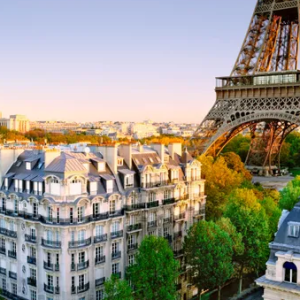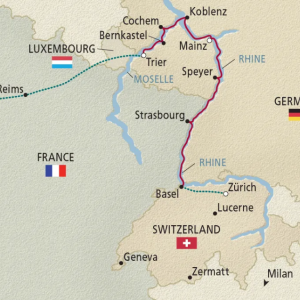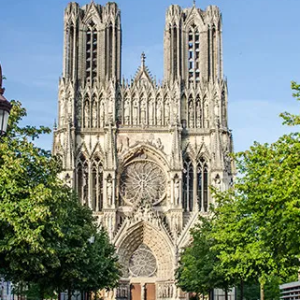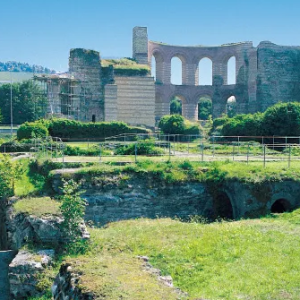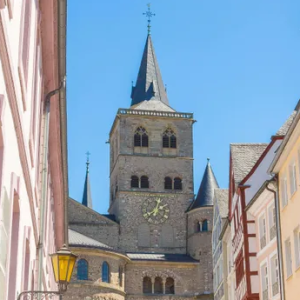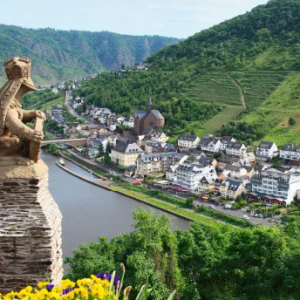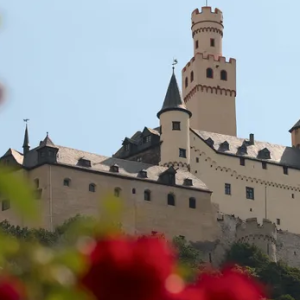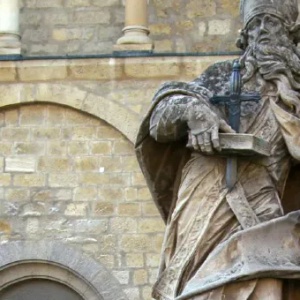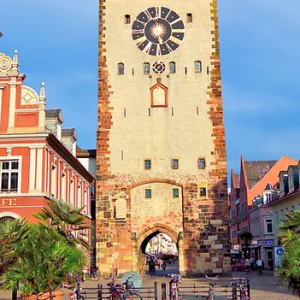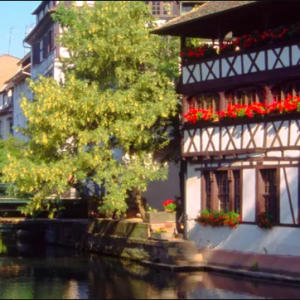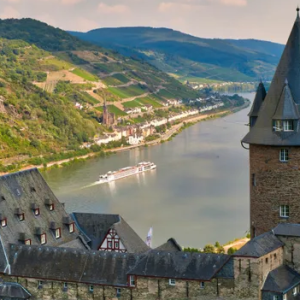Paris to the Swiss Alps
Viking Cruises | 12 Days | Paris to Zurich
March - November 2026 Departures
Pay your respects at the Luxembourg American Cemetery. Discover Roman Trier. Taste Moselle Rieslings and visit the wine town of Bernkastel-Kues. Enjoy scenic cruising past the town of Sankt Goar, home of the Lorelei Rock, and through the Rhine Gorge, a UNESCO Site. Visit fascinating Worms and the university town of Heidelberg. Vineyard-flanked slopes and historic cities, along with hotel stays in Paris and Zürich, make this 12-day cruisetour irresistible.
AAA Member Benefits and Special Offers:
- Member Benefits
- $200 per person shipboard credit
Viking Inclusive Value
- One complimentary shore excursion in every port of call
- Free Wi-Fi (connection speed may vary)
- Beer, wine & soft drinks with onboard lunch & dinner
- 24-hour specialty coffees, teas & bottled water
- Port taxes and fees
- Ground transfers with Viking Air purchase
- Visits to UNESCO Sites
- Enrichment lectures & Destination Performances
Day 1: Paris, France
Arrive and check in to your hotel. Long a hub of French culture and cuisine, Paris is one of the most romantic destinations in the world. Over the centuries, Parisian culture has been built on the wings of inspiration. Music, film, architecture, literature, dance and the visual arts all have their brilliant place in the museums, theaters, bookstores and remarkably preserved buildings of this magnificent city. At the center of it all is the Champs-Élysées. With its inviting riverside promenade, graceful bridges and splendid views of all things Parisian, from the Eiffel Tower to the Louvre Museum.
Day 2: Paris, France
One of the most pleasurable activities in Paris is whiling away the time in one of the city’s outdoor cafés. Whether you are sipping a café au lait or a kir royal, there is no better way to feel like a Parisian. The hub of social and culinary life, cafés have been part of the city’s fabric since the 1600s. During the 20th century, literary and artistic figures—such as Ernest Hemingway, Colette and Pablo Picasso—famously met over drinks to share their works and ideas. Today, thousands of cafés line the pavements and squares to connect with France’s culture and history.
Day 3: Remis, France - Trier, Germany
After breakfast, check out of your hotel and begin your journey to your embarkation city. Reims lies in the heart of France’s renowned Champagne region. A testament to its rich history, which can be traced back to Gallo-Roman times, is its diverse collection of landmarks. Among its most iconic are the Abbey of Saint-Rémi, the final resting place of the archbishop who baptized Frankish king Clovis and initiated Reims’s long line of coronations; the Palace of Tau, an archiepiscopal residence constructed in the Middle Ages; and Reims Cathedral, where 25 kings of France were coronated. These three monuments were collectively inscribed as a UNESCO World Heritage Site in 1991.
One of Germany’s most treasured cities for its rich history, Trier was once the regional capital of the Holy Roman Empire. After Emperor Constantine the Great had a vision of Christ, he and his mother Helena built great churches and cathedrals here. A few still stand, the magnificent Romanesque Cathedral of Trier among them. The 20,000-seat amphitheater, the Roman Bridge and the massive Porta Nigra, the ancient city gate, are further relics of that time. Today, Trier is a picturesque town surrounded by forests and vineyards, known also as the birthplace of Karl Marx and as a vibrant university town. Embark your ship and settle into your stateroom.
Day 4: Trier, Germany - Bernkastel, Germany
The historic heart of Trier, the bustling and colorful Hauptmarkt is the city’s main gathering place and a rich repository of architecture. Once the center of trade in medieval Trier, the square is anchored by an ornate fountain featuring St. Peter, the city’s patron saint. In addition, the unmistakable white- and mustard-colored tower of St. Gangolf Church rises above the square, resplendent with late Gothic and baroque elements. Perhaps the Hauptmarkt’s most distinctive building is the Steipe, named for its short pillars. Today, the pedestrian-only Hauptmarkt is a colorful canvas of baroque, Renaissance and classicist styles that mingle seamlessly with modern shops and cafés.
Nestled between soft rolling hills and the gently flowing Moselle River, Bernkastel, the “Pearl of the Moselle,” boasts medieval squares laden with charming half-timbered houses and inviting lanes and alleys. For much of their history, Bernkastel and its sister town of Kues across the river stood worlds apart. A bridge united them in 1874, paving the way for actual unification in 1905. Today, Bernkastel plays the charming host with history to share, while Kues pours the wine, more attentive to the sweet grapes of its fertile valley. Indeed, the twin towns produce some of Germany’s finest vintages.
Day 5: Cochem, Germany
Perched on a hilltop above the city and the Moselle, a 1,000-year-old imperial castle is the signature landmark of Cochem. Its mighty rectangular keep and many small towers strike a dramatic pose against a curtain of green hills. In Cochem’s lively Old Quarter, the market square boasts old timber-framed houses that overlook Martin’s Fountain and the bay-windowed baroque Town Hall. In this historic center, the 15th-century St. Martin’s Church and the Capuchin monastery, which now serves as an artistic and cultural center, are all beautifully preserved. Wine taverns along the river offer a “green wine,” a very young wine.
Day 6: Koblenz, Germany - Scenic Sailing: Middle Rhine
Koblenz is a traditional German city, founded more than 2,000 years ago. This former trading settlement rests on a massif of the Middle Rhine Highlands. Its cobblestone streets, wood-beamed houses adorned with flowers, ancient market square and medieval churches recall the fairy-tale Germany of old. At the German Corner, a massive equestrian statue of Prince William I observes the lovely riverside scene. The famed Teutonic Knights set up their first base here in 1216. The Romanesque Basilica of St. Castor, Koblenz’s oldest building, dates to 836.
Day 7: Mainz, Germany
Mainz is part of the Rheinhessen wine region, Germany’s largest wine region that is renowned for producing high-quality white wines, such as Riesling. Wine has long played a key role in the city’s economy and culture, with numerous wine festivals and events throughout the year, including the Mainzer Weinmarkt and the Mainzer Weinwoche. The city is also home to the renowned Geisenheim University, which offers programs in viticulture and oenology. Mainz's wine culture and history continue to thrive today, with a strong emphasis on sustainability and innovation in winemaking.
Day 8: Speyer, Germany
The quiet German town of Speyer lies on the west bank of the Rhine. The city features a Romanesque imperial cathedral, burial place of eight emperors including some of the most famous Holy Roman Emperors. Speyer was once a major Celtic center that traded hands several times between the Romans and the Huns. The term Protestant originated here at the Diet of Speyer in 1529, when 14 free cities of Germany and six Lutheran princes protested the Edict of Worms that had banned the writings of Martin Luther and labeled him a heretic and enemy of the state.
Day 9: Strasbourg, France
The largest port on the Upper Rhine, Strasbourg is the cultural center of France’s Alsace region. Thanks to its location at the border of France and Germany, it boasts a convivial mix of cultural influences. The well-preserved old town is enclosed on all sides by the little Ill River, with sites so compact that it is easy to explore the “island” on foot. And there is plenty to explore: cobblestone streets lined with wooden houses and intersected by picturesque canals. Indulging in Alsatian café culture is central to any visit here; enjoy coffee and cake amid lovely half-timbered houses.
Day 10: Basel, Switzerland - Zurich, Switzerland
Located where Switzerland, Germany and France meet, Basel reflects a fascinating blend of traditions. The city straddles the Rhine at the river’s farthest navigable point, and an alluring cluster of old-town buildings huddles along the riverbank. Around Market Square, guild houses recall Gothic, Renaissance and baroque splendor; the red-sandstone Rathaus, or Town Hall, is the centerpiece. More than 40 museums of art and culture lend modern polish to its history-rich streets. And there is no more refined way to sample it all than over cheese fondue or croissants. After breakfast, disembark your ship and transfer to your destination.
Arrive and check in to your hotel. Overlooking Lake Zürich and spanning the banks of the Limmat River, Switzerland’s largest city is often cited as one of Europe’s most livable. It is the country’s financial heart, but its residents also embrace their natural surroundings, from soaring alpine peaks to the lake’s shimmering waters. Zürich is home to a lively and impressive arts culture. The avant-garde Dada movement was born here in 1916 and two of its most important churches boast stained glass windows by Marc Chagall and Augusto Giacometti. More masterworks reside in the city’s renowned Kunsthaus, including an enormous water lily painting by Monet.
Day 11: Zurich, Switzerland
Zürich offers much more than its reputation as a city of banking institutions. The Grossmünster is one of Zürich’s most important landmarks and the center of the Swiss Reformation in the 16th century. Across the river lies Fraumünster, famed for its stained glass windows painted by Marc Chagall. Exclusive designer boutiques line the streets of Storchengasse alongside world-renowned chocolatiers and quaint, cozy cafés. The scent of delicious sweet treats and freshly bakedgipfeliwaft through the air on every street corner.
All pricing and offers for accommodations and other non-air travel are per person, based on double occupancy, capacity controlled and subject to availability and change without notice. Pricing does not include taxes, fees, fuel surcharges, gratuities, resort fees, or airfare unless otherwise noted and is valid on new bookings only. Prices, fees, and other restrictions are subject to supplier policies. All offers, including but not limited to, bonus amenities, upgrades, prices, and group benefits are based on select dates, resorts, room categories, and/or fare codes. Specialty pricing may require proper identification. Cancellation penalties, blackout dates, and other restrictions may apply. When traveling outside the United States a valid passport is required. It is the sole responsibility of the passenger to have the proper documentation and identification required by the United States and other governments at the time of travel. When passports are required, it must be valid for a minimum of six months past your date of return. AAA strongly recommends the purchase of Travel Insurance. Usage of a credit card for travel arrangements may provide additional protection, please consult your credit card policies. Under certain circumstances the package price may be subject to supplemental price increases imposed by the supplier. Price increases include, but are not limited to fuel surcharges, taxes or fluctuations in foreign exchange markets that may be imposed after the date of purchase. Air-inclusive prices do not include government imposed taxes and fees, including but not limited to a September 11th Security Fee, U.S. or international government imposed taxes and fees, Federal Excise Fees, among others. Some carriers charge additional fees for checked bags, fuel surcharge, meals, etc. Please check the carriers website for details. Air-inclusive pricing is based on select departure cities. Prices from other cities may vary. AAA Oregon/Idaho acts solely as a sales agent for travel suppliers and is not responsible for the actions or inactions of such suppliers. We monitor all of the information presented on our website; however, we do not assume responsibility for any errors or omissions in the content of the offers displayed. Review full Travel Disclosure and Consent at time of booking.
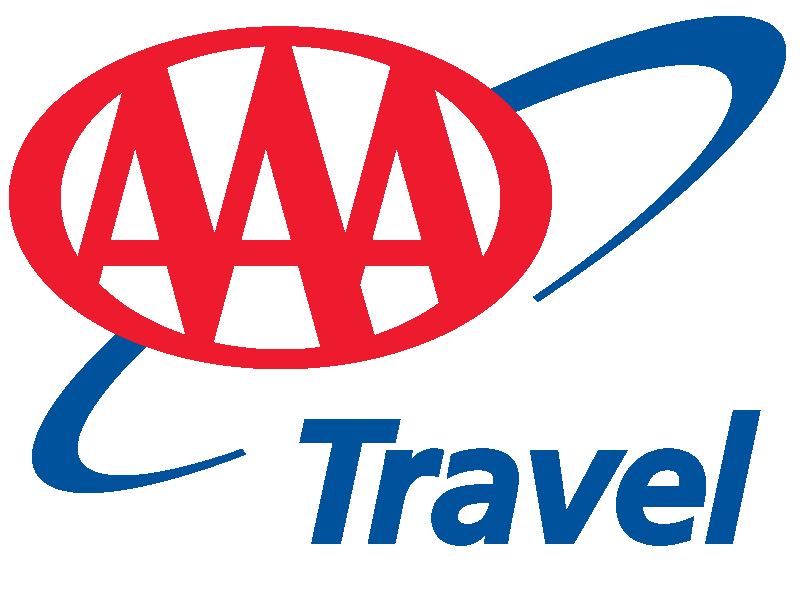 Click Here to View Your Vacation
Click Here to View Your Vacation
